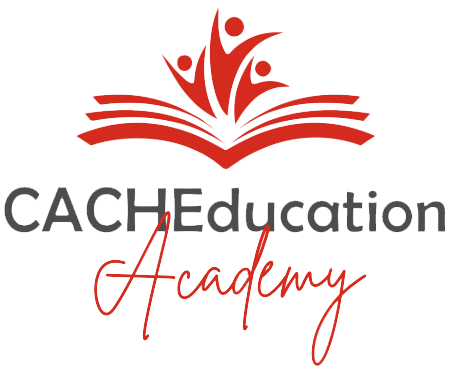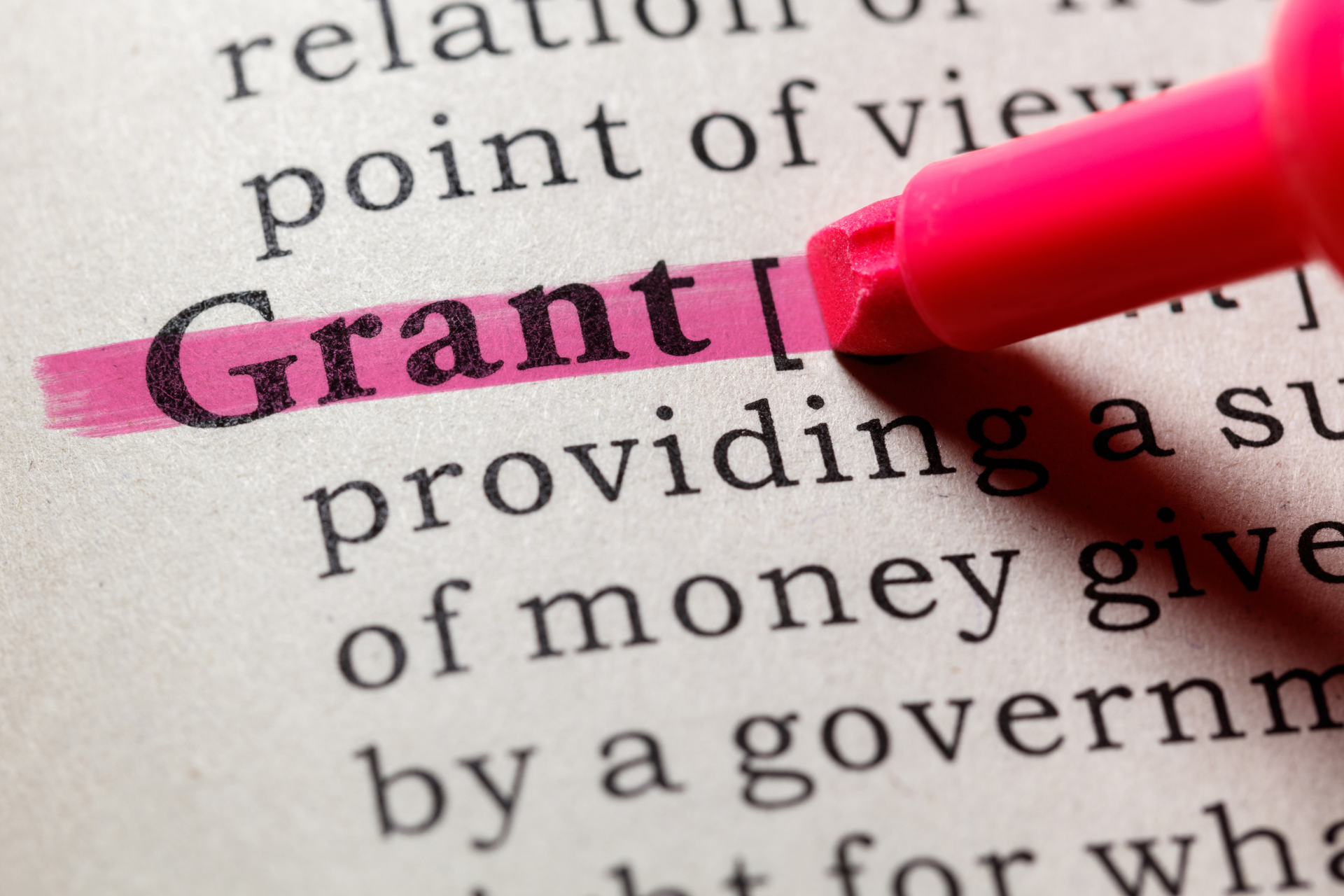There are many ways to raise funds for a patient advocacy group. The more traditional fundraising methods include activities such as bake sales, community runs, golf tournaments, and galas. However, grants are a popular means of fundraising. These can be unsolicited grants that an advocacy group submits to various organizations, government entities, and/or companies. Or they can be grants in response to a request for proposal (RFP) that companies/organizations/governments may publish. Regardless of the type of grant, there are certain fundamentals that each grant should include to increase the chance of being selected. Let’s explore some of these essential elements:
Cover Letter:
The cover letter serves as the initial point of contact between the sponsor (company/organization/government agency) and the grantee (patient advocacy group). It provides an opportunity to introduce the patient advocacy group, express gratitude for the opportunity to apply for funding, and convey enthusiasm for the potential partnership. In the cover letter, you should briefly describe your group’s mission and goals, highlighting the alignment with the potential sponsor’s priorities. While the cover letter should be professional and succinct, it’s also an opportunity to convey your organization’s passion and commitment to the cause. Remember to personalize the cover letter for each grant application, addressing the sponsor by name and tailoring the content to reflect the specific focus areas and requirements of the funding opportunity. A well-crafted cover letter will set the tone for the grant proposal and make a positive impression on the potential sponsor.
Executive Summary:
An executive summary provides a concise overview of the grant proposal, summarizing the key points and objectives of the project. It serves as a snapshot of the proposal, offering a glimpse into the significance of the project, the intended outcomes, and why it merits funding. A well-written executive summary should capture the attention of the reader and compel them to continue reading the full proposal.
Statement of Need:
The statement of need articulates the problem or issue that the project aims to address. It provides context and background information to help the potential sponsor understand the urgency and significance of the project. This section should clearly demonstrate the need for intervention or support, supported by data, research, and evidence.
Goals and Objectives:
Goals and objectives outline the specific outcomes that the project aims to achieve. Goals are broad, overarching statements that reflect the desired long-term impact (e.g., increase clinician awareness of Disease X), while objectives are specific, measurable, achievable, and time-bound milestones that contribute to the goals (e.g., create an educational program targeted at the clinicians most likely to see patients with Disease X). Clearly defining goals and objectives helps to provide a roadmap for the project and enables both the potential sponsor and the patient advocacy group to track progress and measure success.
Methods and Activities:
This section describes the strategies, activities, and interventions that will be implemented to achieve the project’s goals and objectives. It is in the best interest of the patient advocacy group to includes as much detail as possible in this section, including a detailed plan of action, timelines, responsible parties, and anticipated outcomes. It’s essential to demonstrate a clear understanding of how the proposed activities will address the identified need and contribute to achieving the desired outcomes.
Evaluation Plan:
The evaluation plan outlines how the project’s effectiveness and impact will be assessed. It identifies the indicators and metrics that will be used to measure progress toward the goals and objectives. The evaluation plan should describe the data collection methods and evaluation tools that will be employed to assess the success of the project. Many sponsors will want to see an outcomes report at the conclusion of the activity, so providing details about measurable objectives in the grant may help distinguish your groups from others.
Budget:
The budget is a critical component of the grant proposal, providing a detailed breakdown of the project’s anticipated expenses and revenue sources. It should include all costs associated with implementing the project, such as personnel salaries, program materials, administrative overhead, and other expenses. The budget should be realistic, accurate, and aligned with the goals and objectives of the project.
About Us:
The “About Us” section of a grant proposal provides an opportunity for the patient advocacy group to introduce itself to the sponsor and provide any essential background information. This section serves to establish credibility, demonstrate the organization’s capacity to successfully implement the proposed project, and highlight its track record of accomplishments. This section may include information about the patient advocacy group’s mission/vision/values, history, impact, partnerships, goals, and unique capabilities. Impactful stories may also be included, if appropriate.
In conclusion, grant proposals typically consist of several key components that are frequently required by sponsors. Knowing these components – or hiring a grant writer who understands how to communicate these components – can dramatically improve a patient advocacy group’s chances of getting funded.

